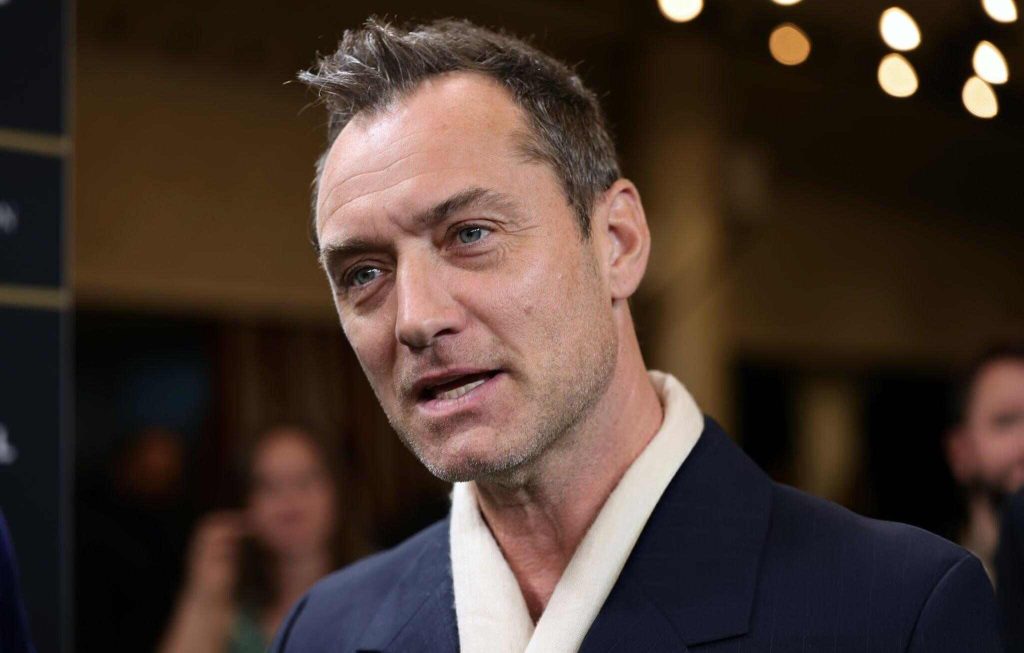Studies that will break ground and mark a new era in hair treatments around the world continue to be conducted. Let’s take a brief look at what stands out in the research and new technologies in this field.
Hair Cloning
Hair transplant techniques keep developing day by day. A new hair transplantation technique is about to be added to the current hair treatments which often make use of new technology. However hair cloning procedure does not seem possible for now. So people wonder when hair cloning will be available. Although it is not possible to give a precise answer to this, we know that scientists keep working on this. When hair cloning technology is available and accessible, it is thought that baldness will go away.
As is known, in hair transplantation, hair follicles taken from the back of the head are transplanted to the recipient area. However, some people may have scarce or low-quality hair on the donor area. For such cases, patients will be able to resort to hair cloning treatment. Strong hair follicles (approximately 50 to 100) taken from the nape area will be cloned in a laboratory environment and then the transplantation process will be performed by using tens of thousands of cloned hair follicles. Therefore, we can say that hair cloning treatment is especially promising for people with a weak donor area.

For now, there is no hair cloning treatment available in any country. Hair cloning, which has been researched in the United States and other countries for the last 20 years, is currently in testing phase. It is estimated that hair cloning, which has not yet been approved by the world’s leading health institutions, will be available in the next 5-10 years.
Hair cloning treatment differs from the current treatments only in terms of extracting the hair follicles and cloning. Other than that, the transplantation procedure is the same.
For more than 20 years, R&D (research and development) studies carried out by tissue engineers have been making inroads in the field of hair cloning.
Biofibre Hair Transplant (Synthetic Hair Transplant)
It is easy to find information about organic hair transplant methods on the internet, social media and other communication channels. Quality of these methods varies according to patients’ conditions and the success of the clinic which performs the operation. Now let’s talk about the biofibre (synthetic hair transplantation) technique which is not widely known.
In the Biofiber (Biofiber) hair transplant method, synthetic fibers which look like real hair are used. Since this material is not alive, its length remains constant, it does not get longer or shorter. They generally vary between 10 – 50 cm.
Since it is a synthetic material, an allergy test should be done first. If there is a risk of allergy to the synthetic hair, it should never be applied. If there is no such risk, it can be applied. These synthetic fibers are placed in the scalp with a special needle and fixed by tying a small knot from the inside. It is done one by one.
Downsides or shortcomings of this method can be listed as below;
– Since it takes a long time and hair follicles are fixed to the scalp differently, it is not possible to perform a dense transplantation.
– As it is a synthetic product, it can become deformed when exposed to high temperatures (such as heat from a hair dryer or very hot water).
– This procedure cannot be applied to areas where the skin is very thin.
– As it is a synthetic product, it poses an infection risk on the skin.
– If an infection occurs, it can damage the existing hair.
– Hair styling chemicals can cause deformation in the structure of synthetic hairs.
– Although it looks very similar to normal/real hair, it can be understood that it is synthetic when looked carefully.
– Hair has limited styling options because it does not get longer or shorter.
– As it is a synthetic product, scalp tissues may not accept the synthetic fibers and shed them after the operation.
Biofibre is not a preferred and successful hair transplantation method in general due to the reasons listed above.
ARTAS ROBOTIC HAIR TRANSPLANT
Robotic Hair Transplantation method, also known as Robotic FUE, is an extremely convenient and comfortable procedure. This technique takes its name from the technology used during application. In fact, it is no different from the FUE hair transplant technique. The only difference is that this hair transplantation procedure utilizes specialized technology and a robotic arm. Using computer-aided devices substantially decrease the margin of error and shortens the duration of the operation. This technique, which was first used in the USA and the UK, has been used in our country, as well.
The ARTAS robot is a state-of-the-art medical device. This patented system is definitely the greatest innovation in recent years in the field of hair transplantation.
How Is Hair Transplanted with ARTAS Robot?
In Robotic Hair Transplantation, the hair in the donor area is not exrtacted by hand as in the standard FUE technique, but by robotic arms. Then the surgeon opens the channels and places the grafts. Thanks to the specialized technologies used in this technique, the exit angles of hair follicles at the scalp surface can be determined.
Robotic Hair Transplant and FUE Hair Transplant are very similar in practice. The stages in these procedures are:
– Hair in the donor area is shortened to grade 1 to 3 haircut.
– The donor area is sterilized and a local anesthetics is used.
– The robot is fine-tuned by the operator in the team.
– The robot pinpoints and extracts hair follicles one by one and collect them in its storage. Thanks to the special design of the tip of the robotic arm, the follicles are extracted together with the adipose tissue around them.
– Robotic application makes it possible to collect more grafts in number and the grafts are not damaged.
– After the removal process, the grafts are placed in the recipient area by the surgeon.
– The speed and precision of the robotic arm reduce operation time by approximately 30 to 50 percent.
It is possible to collect 2000 grafts in a single session in robotic hair transplant. The operation is continued manually after the grafts are removed. The biggest advantage of robotic hair transplant in terms of both the patient and the doctor is that it does not damage hair. The recovery period after hair transplant with this technique is also shorter compared to other techniques. This operation provides maximum protection of hair follicles and as another advantage, patients can get whatever
haircut they want.




